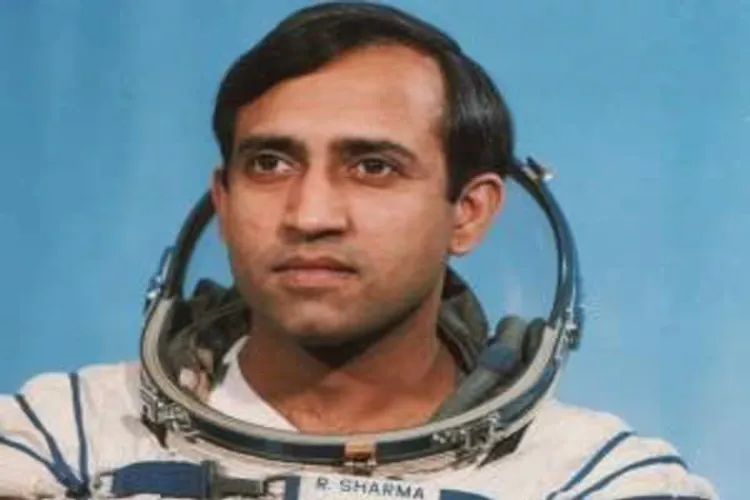
New Delhi
Wing Commander (retired) Rakesh Sharma, the first Indian citizen to have stepped into space, has hailed the successful launch of Chandrayaan-3.
This is Indian Space Research Organisation's (ISRO) follow-up attempt after the Chandrayaan-2 mission faced challenges during its soft landing in 2019.
Chandrayaan-3, India's third lunar exploration mission, lifted off sucessfully from the Satish Dhawan Space Centre in Andhra Pradesh's Sriharikota as per scheduled launch time. This mission will make India the fourth country to land its spacecraft on the surface of the moon and demonstrate the country's ability for safe and soft landing on the lunar surface.
The spacecraft was launched on a GSLV Mark 3 (LVM 3) heavy-lift launch vehicle.
In a brief telephonic conversation with Awaz The Voice, Wing Commander (retired) Rakesh Sharma drew attention to what the ISRO Chairman said. “ The ISRO Chairman has said it all in two words- Congratulations India!”
The legendary cosmonaut who went into space at the age of 35, said, “ Many agencies collaborated for this mission across academia and all private sector. We are hopeful of a successful soft landing. We have learnt from our past experiences.’’
His unforgettable conversation from space with the then Prime Minister Indira Gandhi, during a joint television news conference, which also included officials in Moscow, is often quoted. Responding to Indira Gandhi’s query about how India looks from space, "Upar se Bharat kaisa dikhta hai aapko (How does India look like from space?’’, he quoted the poet Iqbal and said, "Saare jahaan se achcha" (Better than the whole world).
Wg Cdr Rakesh Sharma (retired), then a Squadron Leader embarked on a historic mission in 1984 as part of a joint space programme between the Indian Space Research Organisation and the Soviet Intercosmos space programme. He spent eight days in space aboard the Salyut 7 space station. Launched along with two Soviet Cosmonauts aboard Soyuz T-11 on April 3, 1984. He was conferred with the honour of ‘Hero of the Soviet Union’ upon his return from space. The Government of India conferred on him its highest peacetime gallantry award, the Ashoka Chakra.
